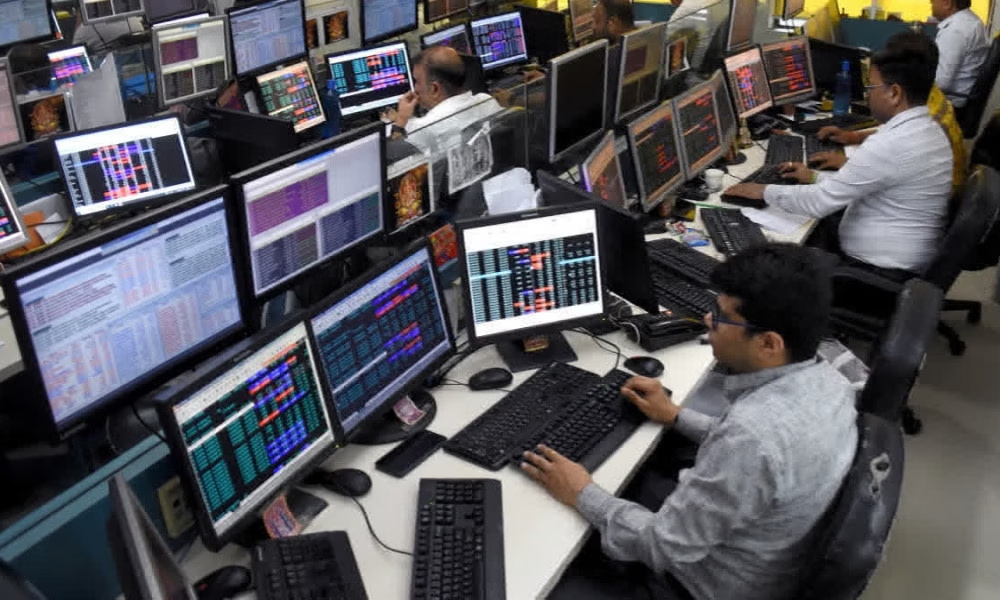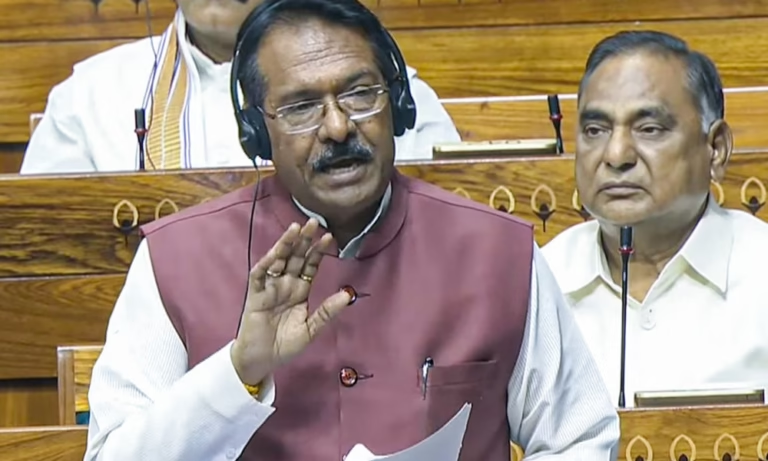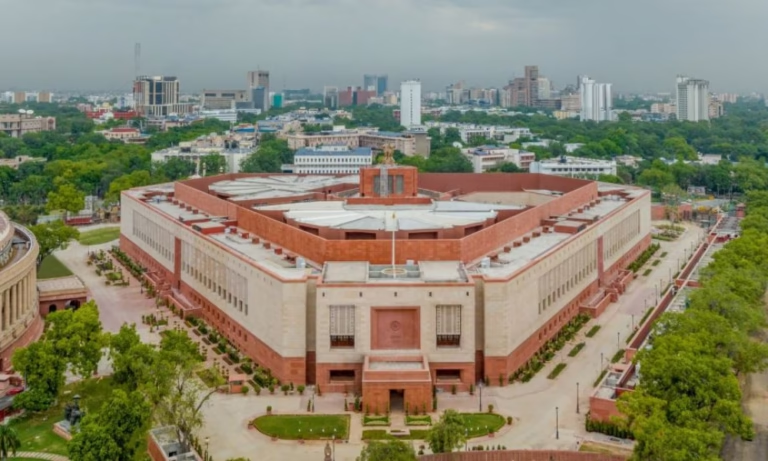
Household savings in India are on a downward trend, marking the third straight year of decline. According to a recent report by CareEdge Ratings, savings dipped to 18.1 percent of GDP for the financial year 2024 (FY24). This shift raises some eyebrows, as it echoes the broader theme of financial pressures faced by families across the nation.
The report also highlighted that gross domestic savings overall fell to 30.7 percent of GDP in FY24, down from 32.2 percent in FY15. Such statistics showcase a worrying trend about the nation’s financial health.
Yet, it’s not all doom and gloom. There is a silver lining found in rural India. The wage growth for male workers in rural areas saw a rise of 6.1 percent year-on-year in February, outpacing rural inflation for the fourth month in a row. This development is promising, offering a glimmer of hope amidst a complex economic landscape.
Even as rural areas begin to recover, urban consumer confidence continues to falter. Urban dwellers are still navigating a pessimistic outlook; however, expectations for the upcoming year have shown signs of optimism in both urban and rural segments.
Additionally, despite the declining savings, household financial liabilities have surged, reaching 6.2 percent of GDP. This figure is nearly double what it was a decade ago, indicating increasing dependence on credit solutions to meet consumption needs. With many families turning to loans and credit cards, the evolving financial habits underscore a shift in how households manage their finances.
When we zoom out and consider the broader economic landscape, the labor cost growth for major IT firms has significantly slowed down. After a peak of 26 percent in the third quarter of FY23, it dropped to just 4 percent in the third quarter of FY25. This deceleration signifies cost rationalization within the corporate sector, affecting employment and economic dynamics.
In terms of inflation, some light has emerged lately. The Consumer Price Index (CPI) eased to 3.2 percent in April 2025, marking the lowest level since August 2019. However, challenges remain, particularly high prices for essential items like edible oils and fruits, which have also kept food inflation elevated. Notably, edible oils saw a price increase of 17.4 percent, while fruits rose by 13.8 percent.
Nonetheless, positive factors may stabilize food prices further. The upcoming Rabi harvest appears promising, along with robust reservoir levels and forecasts predicting above-normal monsoon rains. These elements could contribute to price stability in the agricultural sector and beyond.
Looking forward, several external factors are anticipated to influence consumer spending. As the report notes, potential cuts to the RBI policy rate, along with a lower tax burden and ongoing relief from price pressures, are expected to act as tailwinds for a broader recovery in demand.
In the larger context, the Indian economy recorded a growth rate of 6.5 percent in real terms for the financial year 2024-25. This growth gives hope for recovery, yet the trajectory of household savings will require close monitoring moving forward.
While the current state of household savings in India marks a concerning chapter in the nation’s financial story, there remains potential for recovery and improvement, particularly in rural regions. As the year unfolds, key indicators like agricultural output, inflation trends, and labor costs will shape the economic narrative. With careful adjustments and a focus on sustainable financial practices, households may yet reclaim their saving habits and navigate out of challenging financial times.
So as we delve deeper into the implications of these economic shifts, let’s keep an eye on how families adapt to the evolving landscape, and what it means for India’s broader economic future.











